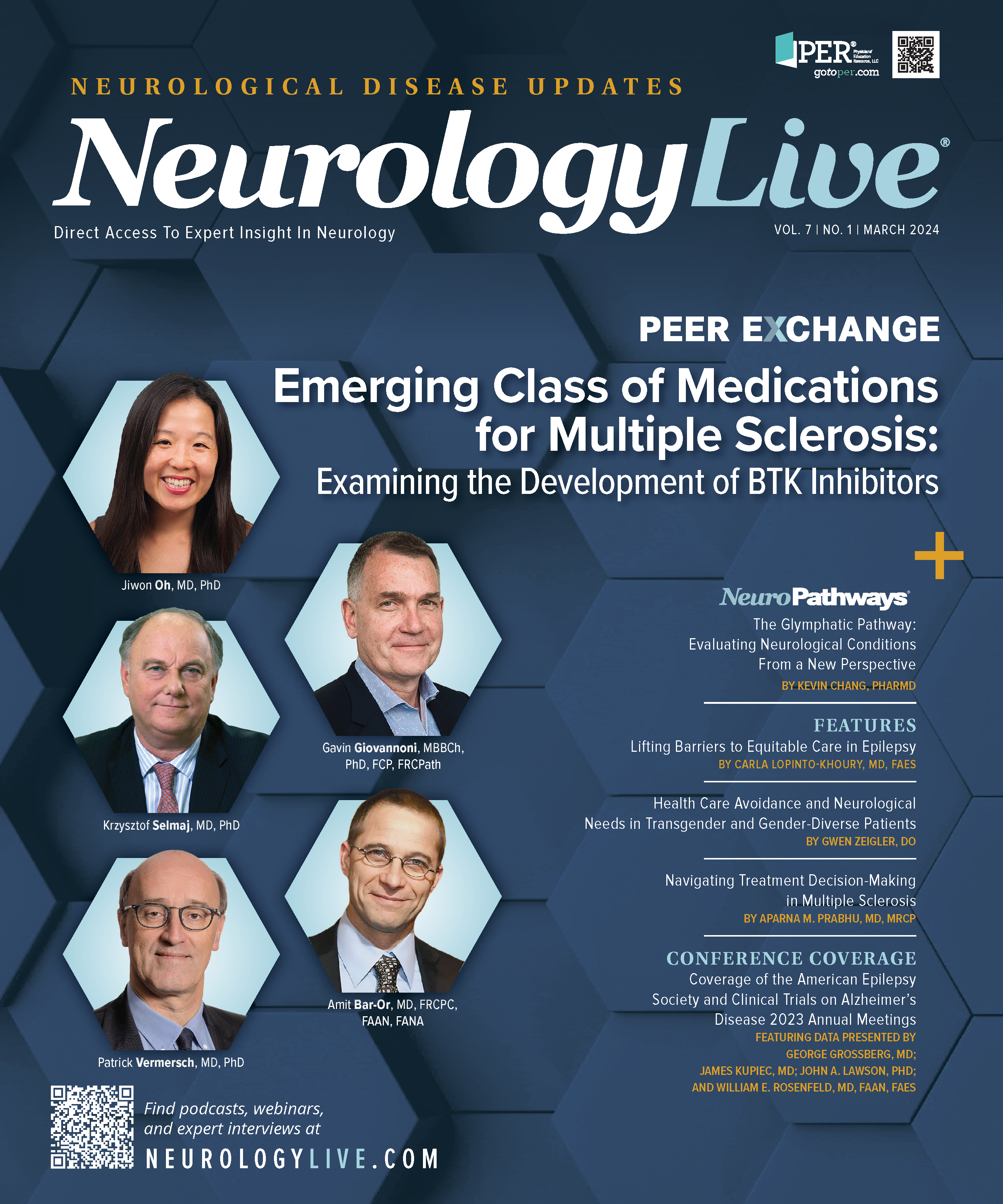News
Article
NeurologyLive
Alzheimer Agent Simufilam Not Associated With ARIA-E, Phase 3 Reports Show
Author(s):
At 40 weeks, there were no observed cases of ARIA-edema, and new microhemorrhages occurred predominantly in patients with pre-existing conditions.
James Kupiec, MD

Interim data from REFOCUS-ALZ, a global phase 3 study NCT05026177), showed that treatment with simufilam (Cassava Sciences), an investigational agent in development for Alzheimer disease (AD), was not associated with amyloid-related imaging abnormality (ARIA)-edema emergence. Final MRI data is expected at the conclusion of the study.
In the study, lead author James Kupiec, MD, chief clinical development officer at Cassava, and colleagues randomized patients with mild to moderate AD 1:1:1 to twice-daily simufilam 50 mg and 100 mg or placebo for 76-week treatment period. The analysis, presented at the 2023 Clinical Trials on Alzheimer’s Disease (CTAD) conference, held October 24-27, in Boston, Massachusetts, included 181 patients who had week-40 safety reports available. At the end of the interim analysis, investigators observed no cases of ARIA-E among treated patients.
Simufilam, a small molecule agent targeting an altered form of filamen A (FLNA), has been in development for several years, with its first phase 1 study dating to 2017. The drug disrupts FLNA’s aberrant linkage to the a7 nicotinic acetylcholine receptor (a7nAChR), thereby blocking soluble amyloid-ß (Aß)42’s signaling via a7nAChR that hyperphosphorylates tau. Furthermore, this agent disrupts aberrant linkages of FLNA with TLR4 and other inflammatory receptors to prevent their activation by Aß42, thus suppressing neuroinflammation.
In this volumetric MRI substudy, MRI protocol was conducted on 1.5T and 3T scanners and consisted of 3DT1, FLAIR, T2 and DWI sequences. Results showed that most of the cohort (n = 160; 88%) had no clinically significant findings at week 40 while a small portion of patients (n = 13; 7%) had clinically significant findings identified at screening that persisted to week 40. These included infarcts, uni- and multi-focal cortical superficial siderosis (CSS), and other infrequent abnormalities.
A total of 7 patients (4%) had findings at week 40 not apparent at screening, which included cortical or lacunar infarcts (n = 3), CSS in patients who had either pre-existing CSS in other areas and/or at least 4 microhemorrhages (MCHs) at baseline (n = 3); and 1 cases of unifocal CSS in a patient with an apolipoprotein e4/e4 genotype. Additional data showed that 20 patients with MCHs at screening exhibited new MCHs at week 40, with 14 of these having 1-4 and 6 having at least 5 MCHs.
READ MORE: Combination of Aducanumab Infusion and Focused Ultrasound Accelerates Reduction of Amyloid-ß Plaques
At screening, 71% of patients in the substudy did not exhibit ARIA-hemorrhage (ARIA-H), otherwise considered MCHs. Of the remaining, 19% had 1-4 MCHs, 6% had 5-9 MCHs, and 4% had at least 10 MCHs. Of those without MCHs at screening, 95% did not develop any new MCHs while 5% had 1 or 2. Of note, the patients that did develop MCHs over time did not have a predominant APOE genotype.
At CTAD 2023, Cassava also presented results from a phase 2 randomized withdrawal study of simufilam in patients with mild to moderate AD. The lake-breaking oral presentation, given by Suzanne Hendrix, PhD, showed that 100 mg BID of simufilam for 6 months slowed cognitive decline by 38% (95% CI, –2.1 to 1.0) in treated patients vs placebo, as demonstrated by changes in Alzheimer’s Disease Assessment Scale-Cognitive Subscale-11 (ADAS-Cog11).2
The analysis featured 157 patients who completed 12 months of an open-label simufilam study and were randomized to either active treatment or switched to matching placebo for a 6-month period. Over the 18-month period, patients with mild-to-moderate AD who switched to placebo for the final 6 months declined 1.86 points on ADAS-Cog11. Patients with mild AD randomized to placebo (n = 36) declined 0.6 points. Notably, those with mild AD randomized to simufilam (n = 40) improved –0.6 points over 6 months, a 205% difference in favor of the drug (95% CI, –2.6 to 0.4).
Click here for more coverage of CTAD 2023.
REFERENCES
1. Kupiec J, Bracoud L, Suhy J, Rodriguez L, Burns L. Interim MRI safety analysis from a 76-week phase 3 clinical trial of simufilam in Alzheimer’s disease. Presented at Clinical Trials on Alzheimer’s Disease conference; October 24-27, 2023; POSTER LP036
2. Malhotra S, Patel P, Hendrix S, et al. Results of a phase 2 randomized withdrawal study of simufilam in mild-to-moderate Alzheimer disease. Presented at Clinical Trials on Alzheimer’s Disease conference; October 24-27, 2023; POSTEER LB23





